Hijron ka Khanqah
This hidden Sufi cemetery is a spiritual monument for India's third gender community.
Hidden behind a green gate wedged within a row of bustling businesses is a spiritual sanctuary. There, rows of simple tombs protrude from the earth, weathered with age. They lie before an ornate, green-and-white checkered structure, lined up as queueing to pay their respects. A deep calm permeates the air around the tombs, adding a sense of grave serenity to the site.
The tombs are part of Hijron ka Khanqah, an Islamic monument in South Delhi, India. It’s a Sufi sanctuary for hijras (sometimes pluralized as hijron), a word historically used to describe eunuchs, which now more widely refers to an organized spiritual and social community that encompasses eunuchs, transgender, intersex, or third gender people in India. (Some prefer the term kinnar, used for hijras in north India.)
The graveyard was built during the days of the Lodi dynasty, which lasted from 1451 to 1526. Forty-nine hijra are buried beneath the white tombs that fill the cemetery. The larger, ornate monument is said to honor a eunuch named Miyan Saheb.
In the past, hijras were held with high regard. Sacred Hindu texts like the Kama Sutra honor them, and many hijras held important, influential positions in the courts of the 16th-century Mughal Empire. However, the hijra community faced discrimination for decades under British colonial rule. Now, though third gender individuals are legally recognized in India, they continue to face discrimination and violence.
The Hijras of Turkman Gate have held custody of the sanctuary for over a century, though there are no new burials at the site. On religious days, they visit to celebrate and give food to the poor. On most days, however, the space has an isolated, almost forgotten feel to it.
It’s possible to visit the cemetery, to both celebrate and mourn the deceased, and honor a community that is far too often discriminated against.
Know Before You Go
Visitors are welcome at the cemetery, but entry to the tomb is restricted.

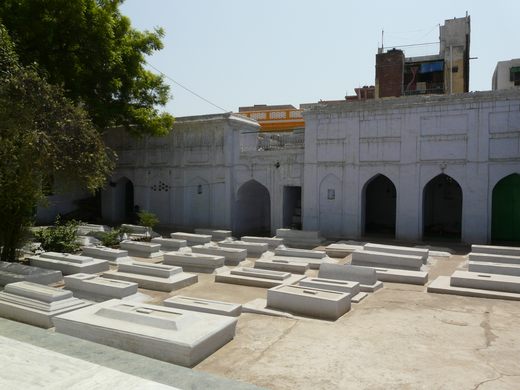
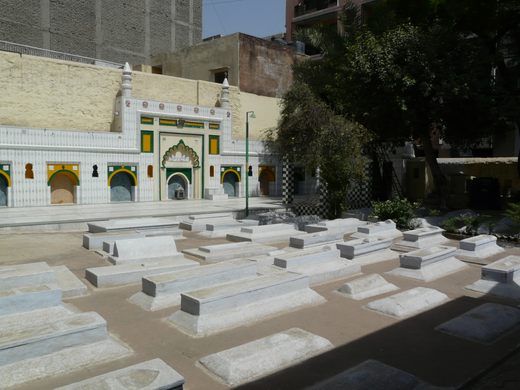
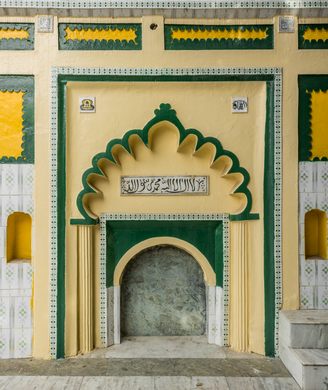
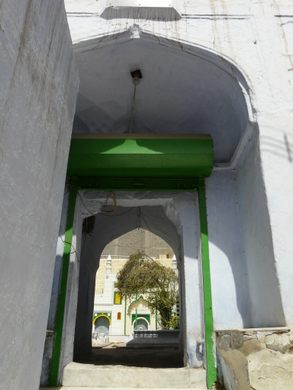
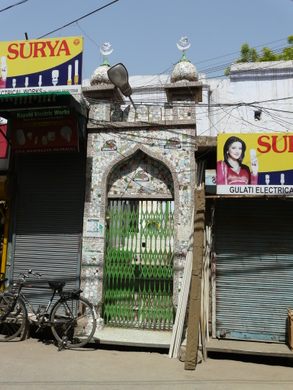






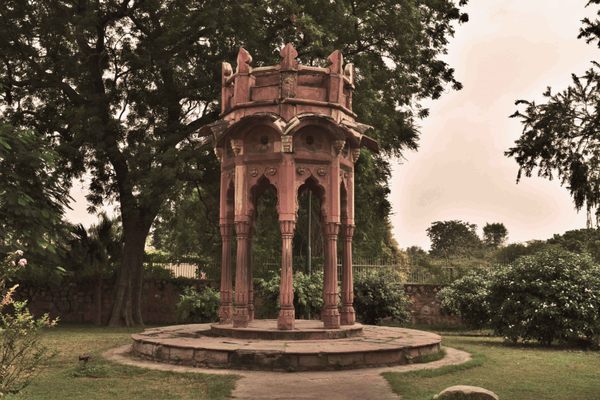

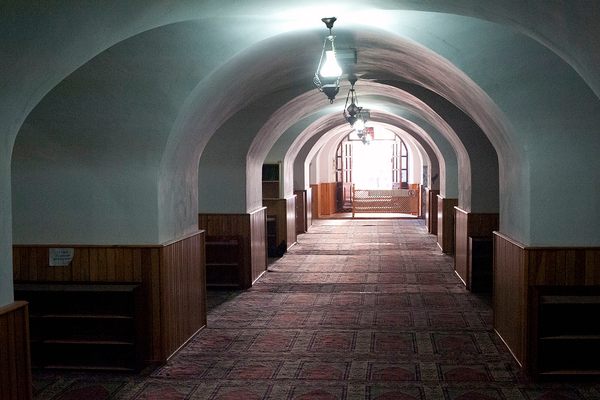

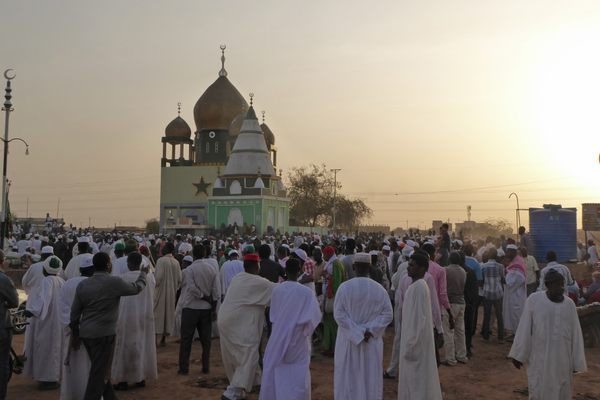

Follow us on Twitter to get the latest on the world's hidden wonders.
Like us on Facebook to get the latest on the world's hidden wonders.
Follow us on Twitter Like us on Facebook